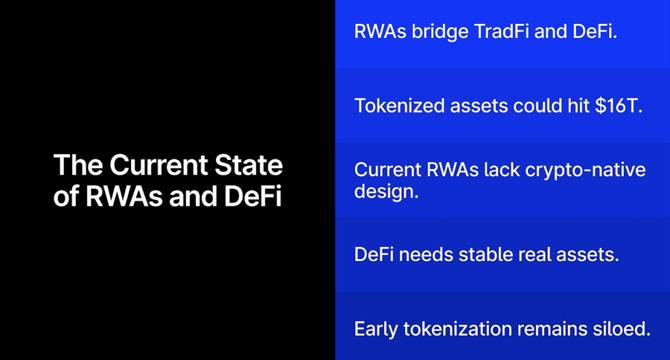Financemagnates
3w
17

Image Credit: Financemagnates
A $16 Trillion Path: AR Tokens, Which Can Close the Gap Between TradFi and DeFi
- Interest in bringing real-world assets on-chain has grown rapidly to combine the stability of traditional finance with the flexibility of decentralized finance.
- Tokenized RWAs could reach a value of $16 trillion by 2030, with less than $23 billion tokenized on-chain at present.
- Most RWA infrastructure is currently built through a TradFi lens, making it difficult to use within DeFi protocols.
- DeFi lacks stability without access to real-economy assets like bonds or real estate, crucial for attracting long-term capital.
- Early tokenization efforts struggled to deliver real-world exposure in DeFi due to siloed and inflexible structures.
- Asset-Referenced Tokens (AR tokens) offer a promising path by being backed by real-world assets and designed to operate within the crypto environment effectively.
- AR tokens can function across DeFi protocols while staying compliant with regulatory regimes like the EU's MiCA framework, making them more secure and usable.
- For DeFi's success, assets reflecting the real economy are essential, and AR tokens are designed to align with this need.
- The convergence of regulation, institutional interest, and blockchain maturity sets the stage for bringing RWAs on-chain meaningfully.
- AR tokens aim to improve the financial system by functioning like crypto from the outset, enhancing openness, resilience, and interoperability.
Read Full Article
1 Like
For uninterrupted reading, download the app